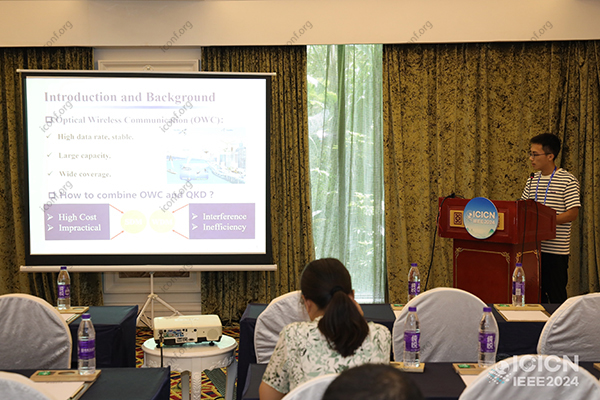Giving a presentation at an academic conference is more than just reading slides — it's an opportunity to showcase your work, connect with peers, and strengthen your academic profile. Whether you're a first-time presenter or looking to sharpen your skills, this guide offers practical strategies to help you succeed.

Before crafting your presentation, consider who will be attending your session. Are they experts in your field or a mixed audience with diverse backgrounds? Understanding your listeners' level of knowledge will help you choose the right language, depth, and focus for your talk.
For specialists: Dive deeper into methodology and technical details.
For generalists: Focus on the broader implications and key takeaways.
An effective academic presentation should have a clear, logical structure. A recommended outline includes:
Introduction – Provide context, define the problem, and state your research question.
Methodology – Briefly explain how you conducted the study.
Results – Highlight the most important findings with visuals.
Discussion – Interpret your results and link them back to your research goals.
Conclusion – Summarize contributions and suggest future directions.
Keep transitions smooth and make it easy for the audience to follow your flow of ideas.
Slides should enhance, not overwhelm, your presentation. Use visuals like charts, diagrams, and minimal text to support your key points.
Avoid crowded slides: Stick to one idea per slide.
Use readable fonts: Ensure your content is visible from the back of the room.
Highlight key results: Use colors or animations to draw attention where needed.
Rehearsing helps build confidence and refine your timing. Practice in front of colleagues or friends, and seek feedback on your clarity, pacing, and body language.
Time yourself to stay within the allotted window — typically 10 to 20 minutes depending on the session format.
After your talk, you’ll usually face questions from the audience. Prepare by anticipating common queries and formulating concise responses.
If you're unsure how to answer, it's perfectly acceptable to acknowledge the question and offer to follow up after the session. Staying composed and respectful reflects professionalism.
Your presentation is just the beginning. After your session, connect with attendees who show interest in your work. Exchange contact information, discuss collaborations, or invite them to read your full paper if published in the proceedings.
Delivering a successful academic presentation requires preparation, clarity, and engagement. It's a skill that improves with experience, so don’t be discouraged if your first talk feels nerve-wracking. Each conference is a chance to grow your confidence and visibility as a researcher.
To find the right academic conferences where you can present your work, visit iconf.org — a curated platform dedicated to helping scholars discover reputable events across disciplines.